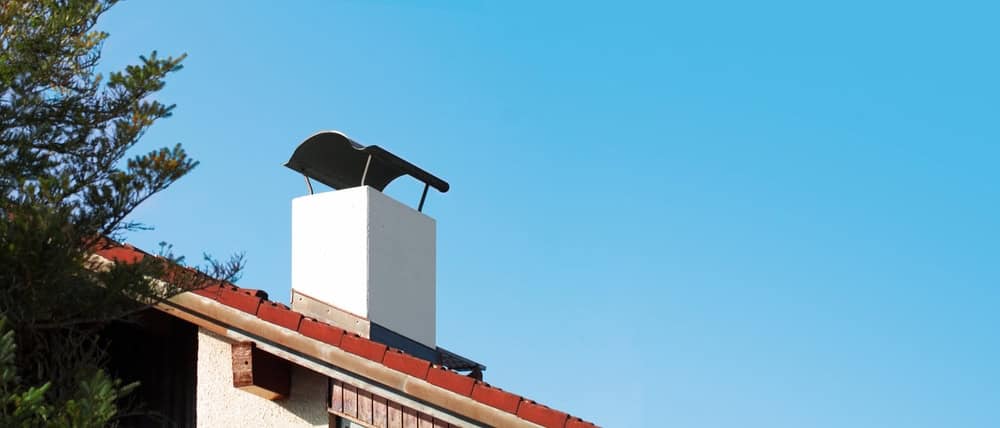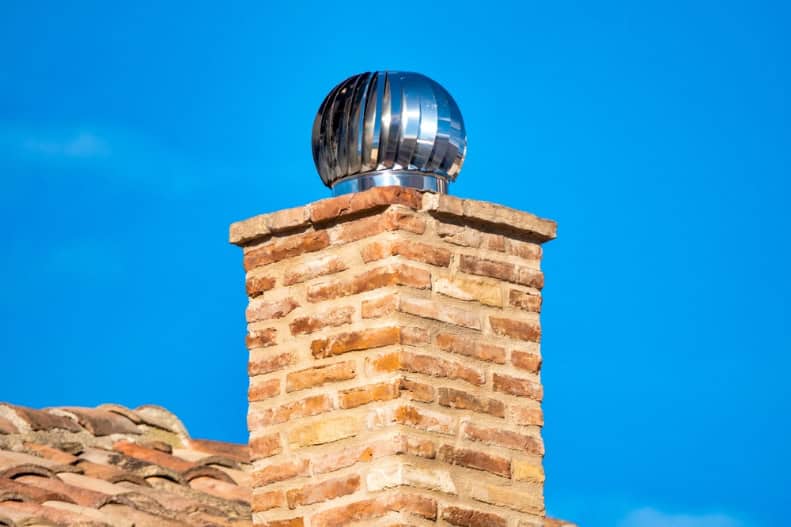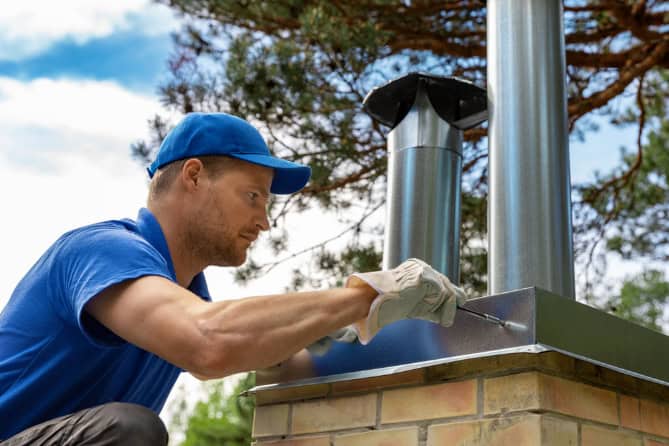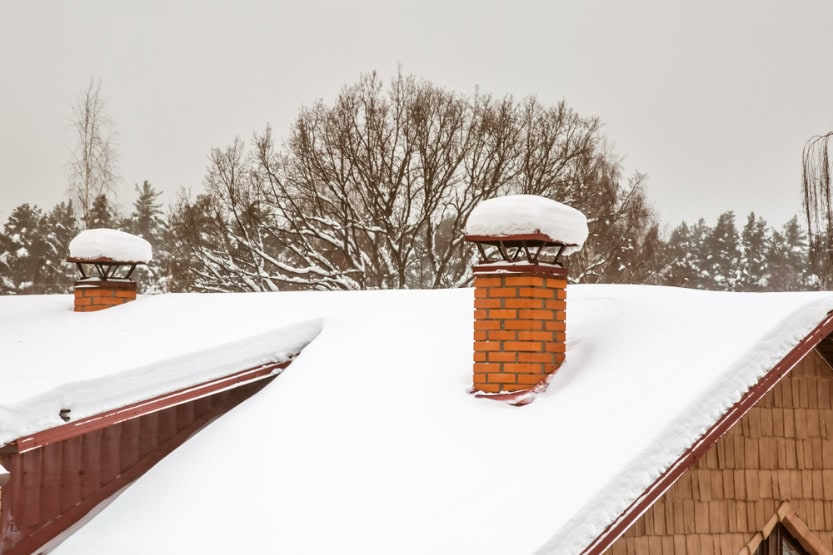Professional chimney cap installation that actually protects your home investment from costly repairs.

Hear from Our Customers

Your chimney without a proper cap is an open invitation for problems. Water pours straight down into your flue, eventually reaching your firebox, damper, and even your home’s interior walls.
Animals see that opening as prime real estate. Birds build nests that block airflow. Squirrels and raccoons make themselves at home, leaving you with expensive removal costs and potential damage.
A quality stainless steel chimney cap changes everything. Water gets deflected away from your flue. Animals can’t get in. Debris stays out of your system. Your chimney draft improves, and your fireplace works the way it should. Most importantly, you avoid the headaches and costs that come with water damage, blockages, and unwanted visitors making your chimney their home.
We’ve been protecting Hopkinton chimneys since 2000 with the same core team of CSI-certified technicians. That’s over twenty years of seeing what works, what doesn’t, and what actually lasts in Rhode Island’s coastal climate.
Our technicians aren’t just installers – they’re Chimney Safety Institute certified professionals who understand how your entire chimney system works together. We’ve seen too many homeowners deal with cheap caps that rust out in two years or poor installations that let water in anyway.
When you work with us, you get technicians who know the difference between a quick fix and a real solution.

We start with a free estimate where we measure your chimney and assess what type of cap will work best for your specific setup. Not all chimneys are the same, and cookie-cutter solutions often create problems down the road.
Next, we fabricate or source the right cap for your chimney. For standard sizes, we use high-quality stainless steel caps that resist corrosion. For unusual dimensions or specific requirements, we can arrange custom-made caps that fit perfectly.
Installation day is straightforward. Our certified technicians secure the cap properly to your chimney crown or flue, ensuring it’s weatherproofed and won’t shift in high winds. We clean up completely and show you how your new cap protects your system. The whole process typically takes a few hours, but the protection lasts for decades.

Ready to get started?
Every chimney cap installation includes proper measurements, quality materials, and professional installation by CSI-certified technicians. We use stainless steel because it actually holds up to Rhode Island’s salt air and weather extremes, unlike cheaper galvanized options that rust out quickly.
For chimneys with unusual dimensions or multiple flues, we arrange custom-made caps that fit exactly right. A properly fitted cap doesn’t just sit on top of your chimney – it integrates with your crown and provides complete protection without interfering with proper draft.
We also handle chimney cap replacement when your existing cap has failed. Often, we find caps that were never installed correctly in the first place, which explains why they didn’t last. Our installations are done right the first time, with attention to weatherproofing and secure mounting that keeps your cap in place through storms and high winds.
